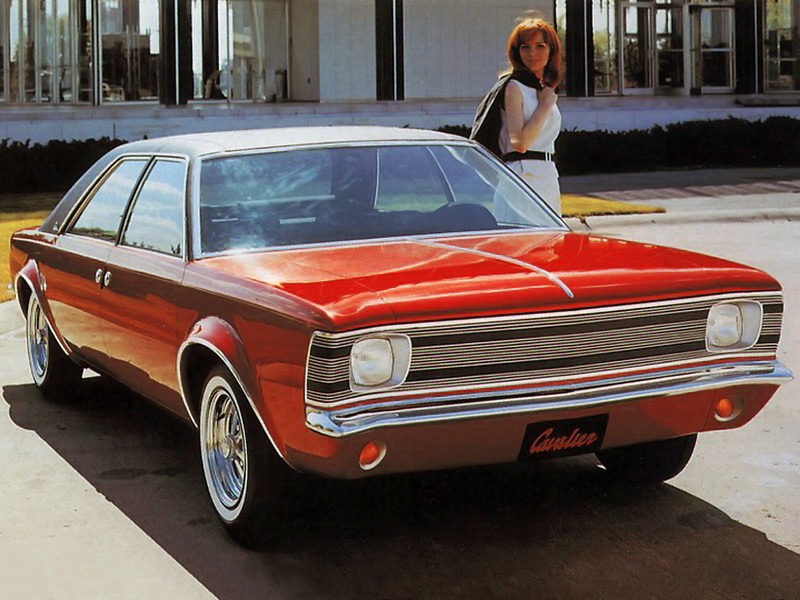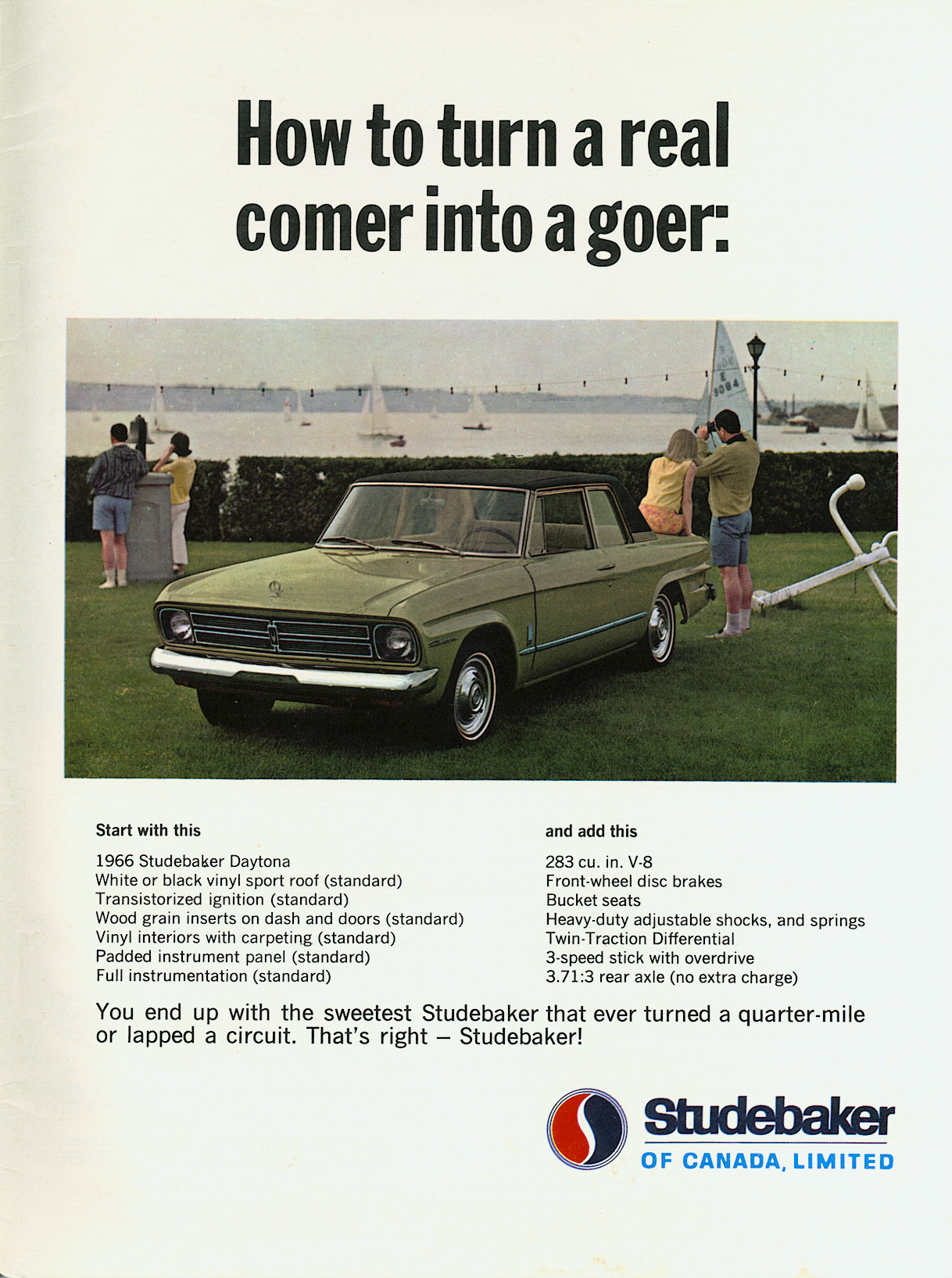Delta Force
Banned
Also, here is the AMC Cavalier, the car with symmetrical parts. I haven't been able to find anything for the Studebaker Familia.






Studebaker needed to get away from the lower-cost market (where economies of scale favored the Big Three) and into the higher-end markets. They could do that, though, and that's what I'd do in the situation.
Here are some images.
The AMC Rambler Tarpon.
Sure hope it wouldnt have rust problems: 'It's called the Tarpon 'cause ya hafta keep a Tarp On it to keep the body from rusting'......
- Better internal management - several posters have pointed to problematic cost controls and management disagreements?
- Merger with US company such as Packard, Jeep/Kaiser, etc?
- Partnership in some form with international auto makers such as Porsche, Toyota, Nissan, Mercedes, etc?
- Engine development? The designs had been good but dated
- Pick a direction: high end performance, luxury, off-road capability, or a combination?
